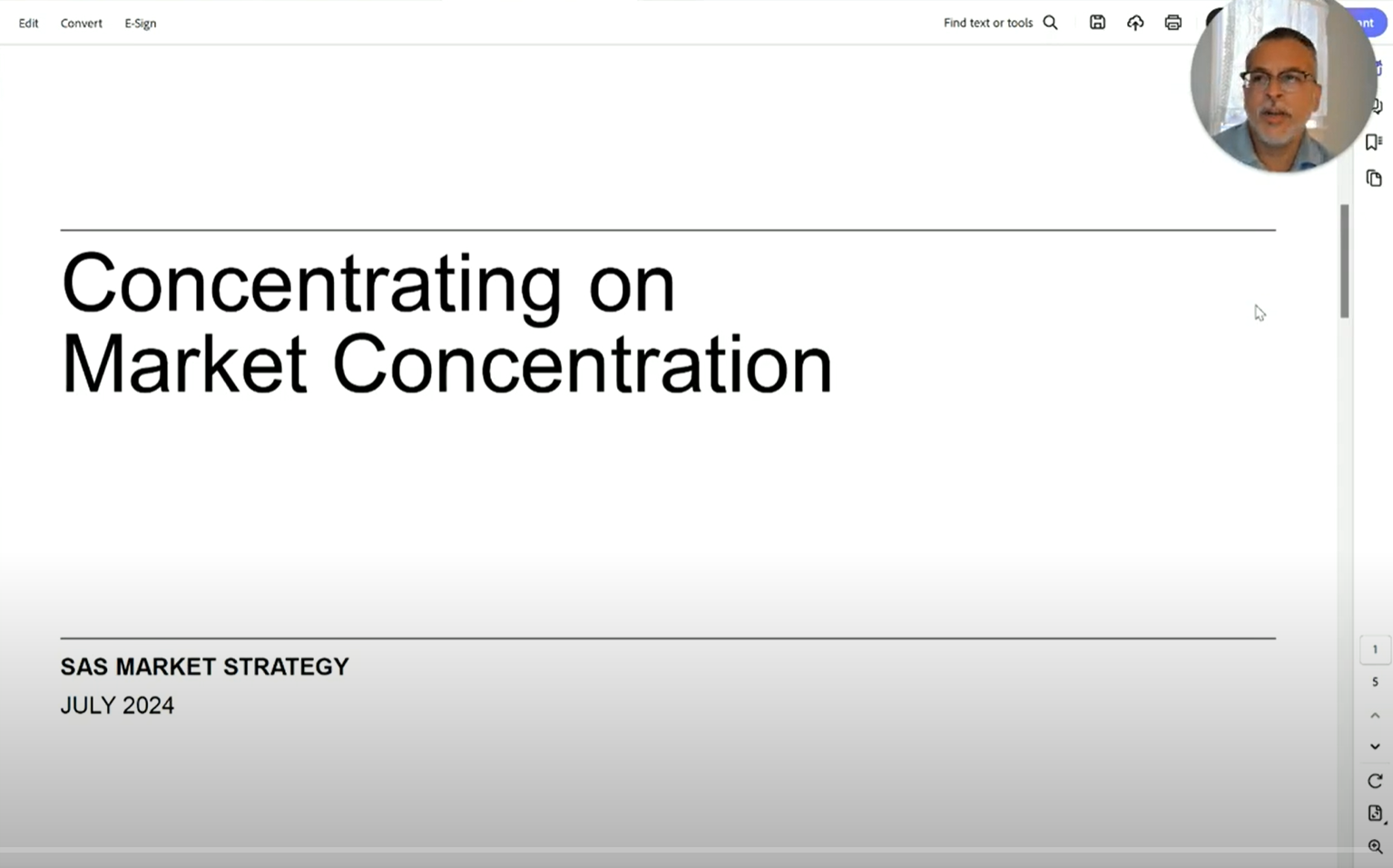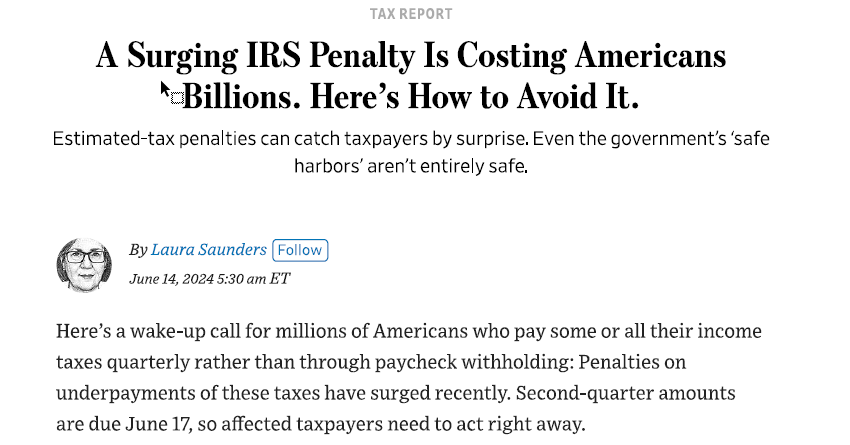Rolling your 401(k) or 403(b) retirement balance into a broker’s ‘managed IRA’ program is too often the wrong choice done for the wrong reasons. ‘Financial Advisors’ will justify the roll-over based on claims of broader choice, greater control and simplification at no extra cost. More often than not, these arguments are based on incomplete disclosures of costs/benefits; and in some cases there is nothing more behind the ‘advice’ than just a revenue grab at the client’s expense. After all, ‘gathering assets’ is the end-all, be-all in the brokerage business.
In the last few years institutional retirement plans have come under massive legal pressure to offer their employees lower-cost investment options, mainly via Index-Tracking funds (‘Index Funds.’) This is an immensely positive development for the investing public and a very negative one for the private wealth management industry. Every major brokerage, insurer and bank has their eyes trained on this massive retiree IRA roll-over opportunity. And with modern professionals’ greater job turnover the wealth industry is also aggressively chasing the mid-career roll-overs too.
As CIO I regularly review the investment menus of clients’ 401(k)/403(b) plans and have seen first-hand the much greater availability of low-cost Index funds. While the typical plan still offers many more high-cost Mutual Funds, it is the rare plan that limits options only to these – as was the norm a few years back. In fact, a couple of well-known public-employee and university plans offer S&P500 Index and Bond Index exposure virtually at no cost!
While there are considerable differences from plan to plan the trend is clear – especially for participants working for large employers – be they public, private, or non-profit. (The smaller end of the market is coming along a bit more slowly but progress is being made there as well.)
The high-cost Mutual-Fund manufacturers – distributing through the broker and bank channels – are equally eager to persuade plan participants to roll their retirement savings out of their 401(k)/403(b) plan and into Mutual-Fund portfolios in the broker’s ‘managed IRA’ platforms. A lot of mass marketing dollars are spent on this and the skeptic in me has to ask why.
The traditional wealth management %-based fee model of billing against Assets-Under-Management (‘AUM’) is the main culprit for this twisted incentive. Because of this billing method, the scope of the wealth manager’s advice is limited to only the assets directly under their ‘management discretion.’ Balances ‘held-away’ from the broker – including 401(k)/403(b) – are NOT under the broker’s management and therefore not included in their 1% a year AUM fee calculation. Hence, the push to roll it into a ‘managed IRA’ under their discretion.
While we applaud the use of professional advisors by the investing public, the greater availability of low-cost Index options inside these workplace plans means that rolling it over to the brokerage firm comes with incremental ‘management’ fees of thousands of dollars per year that would otherwise not be incurred. There are times when the higher costs of rolling it into an IRA makes sense; but the pros/cons need to be fully disclosed and weighed very carefully. There are also times when remaining in the plan make sense independent of the fund expenses; for example, 401(k)/403(b) plans offer much greater creditor protections as well as tax advantages that are not available to an IRA. (My partner Seth Corkin, CFP will expand upon this in his upcoming blog.)















